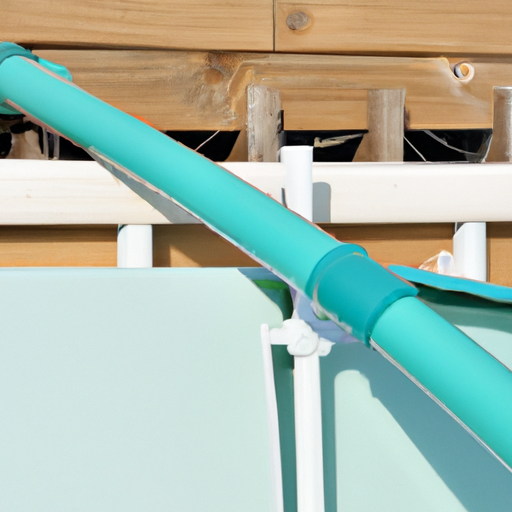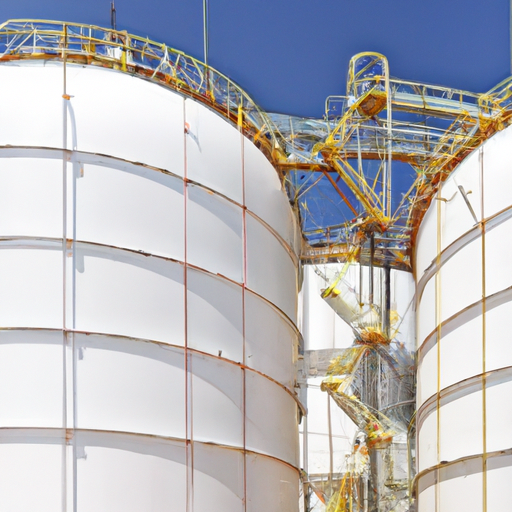Roof Catchment Area
August 17, 2023 | by rainwatercollectionsystem.com

If you’re looking for a sustainable and eco-friendly water solution, look no further than Rain Water Collection System. With our expertise in rainwater harvesting systems, we offer innovative and efficient solutions for residential, commercial, and industrial applications. By capturing and storing rainwater, our systems not only help conserve water but also lower utility bills and reduce your carbon footprint. With our dedicated team of professionals and commitment to quality, you can be assured that your rainwater collection system will function optimally for years to come. Experience the benefits of a greener water future with Rain Water Collection System and make a positive impact on the environment while enjoying the advantages of efficient water utilization.
Roof Catchment Area
What is a Roof Catchment Area?
The roof catchment area refers to the surface area of a building’s roof that can collect rainwater. This area includes all the sections of the roof where water can be efficiently harvested and directed towards a rainwater collection system. The design and calculation of the roof catchment area are crucial for determining the amount of rainwater that can be collected and stored for various uses.
Calculating the Roof Catchment Area
To calculate the roof catchment area, you need to measure the dimensions of the roof and determine the total area available for rainwater collection. The basic formula for calculating the roof catchment area is to multiply the length and width of the roof. However, it is important to consider the shape and complexity of the roof, as well as any obstructions such as chimneys, skylights, or rooftop equipment that may affect the collection efficiency.

Factors Affecting the Roof Catchment Area
Several factors can affect the roof catchment area and the efficiency of rainwater collection. The slope or pitch of the roof plays a crucial role in determining how quickly water drains off the surface. A steeper roof pitch allows for faster runoff and more efficient collection. Additionally, the type of roofing material used can impact the catchment area, as some materials are more effective at channeling water towards collection points than others.
Maximizing the Roof Catchment Area
There are several strategies to maximize the roof catchment area and optimize rainwater collection. First, ensure that the roof is clean and free from debris, as this can obstruct water flow and reduce the catchment area. Regular maintenance and cleaning of gutters and downspouts are essential for efficient water collection. Additionally, consider installing rainwater collection systems that are specifically designed to maximize the catchment area and extract the maximum amount of water from rainfall events.

Roof Materials and Their Impact on Catchment Area
The choice of roofing materials can have a significant impact on the catchment area and the efficiency of rainwater collection. Smooth and non-porous materials such as metal, glass, or tiles are more effective at channeling water towards collection points. On the other hand, porous materials like thatch or wood may absorb water, reducing the available catchment area. It is important to consider the local climate, building regulations, and aesthetic preferences when choosing roofing materials that optimize both catchment area and overall performance.
Maintaining the Roof Catchment Area
Regular maintenance is crucial to ensure the roof catchment area functions optimally. Keep the roof clean and free from debris to prevent clogging of gutters and downspouts. Regularly inspect the roof for any damage or leaks, as these can impact the efficiency of rainwater collection. Additionally, trimming overhanging trees and vegetation to prevent debris accumulation on the roof can help maintain the catchment area. By prioritizing maintenance, you can extend the lifespan of your roof and maximize rainwater collection.

Benefits of a Larger Roof Catchment Area
Having a larger roof catchment area offers numerous benefits in rainwater collection. A larger catchment area means more rainfall can be harvested and stored for future use. This provides a sustainable water source for various applications, including landscape irrigation, toilet flushing, laundry, and more. By relying on rainwater, you can reduce your dependence on traditional water sources, conserve water, lower utility bills, and minimize your carbon footprint. A larger catchment area also allows for a more significant reduction in stormwater runoff, mitigating the risk of flooding and erosion.
Rainwater Harvesting Systems and the Roof Catchment Area
Rainwater harvesting systems work in conjunction with the roof catchment area to collect and store rainwater efficiently. These systems typically include gutters, downspouts, filters, and storage tanks. Gutters and downspouts direct rainwater from the roof to the storage tank, while filters remove debris and contaminants. The size of the storage tank should be proportional to the catchment area to ensure optimal utilization of harvested rainwater. By integrating rainwater harvesting systems with the roof catchment area, you can maximize water collection and reduce reliance on external water sources.

Common Mistakes to Avoid with the Roof Catchment Area
When it comes to the roof catchment area, there are some common mistakes that should be avoided. One mistake is neglecting regular maintenance, which can lead to clogged gutters, damaged downspouts, and reduced catchment area. Another mistake is not considering the impact of roof shape and obstructions on the catchment area calculation, which can result in inaccurate estimations of water collection potential. Additionally, choosing the wrong roofing material that is not conducive to efficient water flow can negatively impact the catchment area. Be sure to avoid these common mistakes to optimize your roof catchment area and rainwater collection system.
Conclusion
The roof catchment area plays a vital role in rainwater harvesting systems by determining the amount of water that can be collected from the roof surface. Calculating the catchment area accurately, considering factors such as roof shape, slope, and obstructions, is essential for maximizing water collection efficiency. By choosing appropriate roofing materials, maintaining the catchment area, and integrating rainwater harvesting systems, you can harness the power of nature to provide sustainable water solutions. Investing in a larger roof catchment area not only benefits the environment but also offers practical advantages such as reduced reliance on traditional water sources and lower utility bills. With proper planning and maintenance, you can optimize your roof catchment area and enjoy the benefits of efficient water utilization.
RELATED POSTS
View all





